General Landscape Uses: An excellent accent tree in wet or mucky soils or along the edges of ponds and lakes. With proper moisture and soils, it can be used as a street tree, in swales, and in commercial and residential landscapes.
Ecological Restoration Notes: An important canopy or subcanopy tree in a wide variety of freshwater forested wetlands.
Description: Medium to large erect tree with a narrowly cylindrical to broadly rounded crown and ascending branches arising from tall well-developed trunks. Trunks to 2 feet in diameter, but usually smaller in South Florida. Temperate deciduous; the thin leaves are palmately 3- to 5-lobed, green above, whitish-green below, 2-6 inches long, 2-4 inches wide. Bark gray, smooth when young, becoming roughened with numerous ridges.
Dimensions: Typically 30-70 feet in height with a 20-40 feet spread; to 107 feet in Florida. Taller than broad.
Growth Rate: Fast to moderate.
Range: Eastern and central North America west to Texas and south to Broward, Miami-Dade and Collier counties and the Monroe County mainland. In Miami-Dade County, it is known only from the eastern edge of the Big Cypress Swamp. It is relatively common throughout its range.
Habitats: Freshwater swamps.
Soils: Wet to moist, poorly-drained to seasonally inundated organic freshwater soils, with a humusy top layer.
Nutritional Requirements: High; requires rich organic soils for optimal growth.
Salt Water Tolerance: Low; does not tolerate flooding by salt or brackish water.
Salt Wind Tolerance: Low; salt wind may burn the leaves.
Drought Tolerance: Low; requires moist to wet soils and is intolerant of long periods of drought.
Light Requirements: Light shade to full sun. Young plants grow best in light shade.
Flower Color: Red.
Flower Characteristics: Semi-showy dense flowering clusters, borne before new leaf growth is initiated. Dioecious or polygamous, with male and female flowers on different plants, or plants bear both male and bisexual flowers.
Flowering Season: Typically winter to early spring; in South Florida almost always fully flowering by early January.
Fruit: Bright red, 2-winged fruit (samara), 1″ or less long, in clusters; semi-showy to showy. Winter to spring; in South Florida fruits may ripen by January.
Wildlife and Ecology: Provides significant food and cover for birds and other wildlife. Attracts pollinators.
Horticultural Notes: Easily grown from seed; local seed source is recommended. The swollen end of the winged fruit (samara) is stuck directly into the soil. Germination in 4-6 weeks. Seedlings are easily transplanted. If grown properly maintenance is minimal. Twig borers and leafhoppers may be present. The trunk is sensitive to mechanical damage.
Comments: An excellent tree for wet spots in the garden. It has a beautiful fall color, from yellow to red; the new spring foliage, flowers and winged fruits are also colorful. Numerous cultivars are known, but local stock is recommended due to a high degree of local adaptation; plants from South Florida have a shorter dormancy period than those from farther north. The wood is heavy and used for furniture, flooring and crafts. The sap is used to manufacture maple syrup.

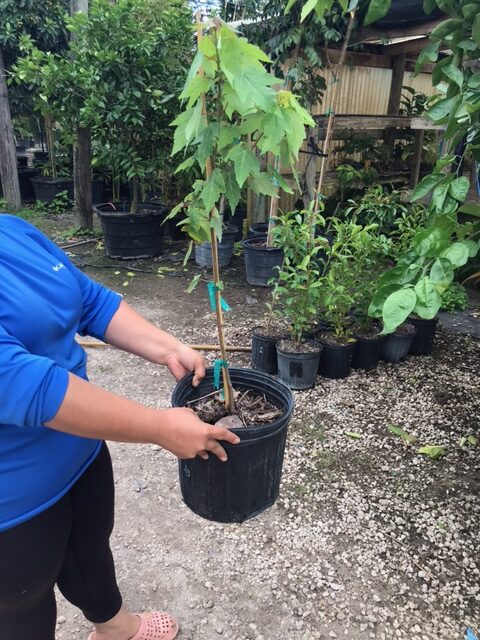

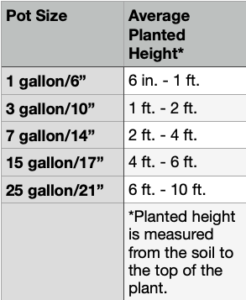
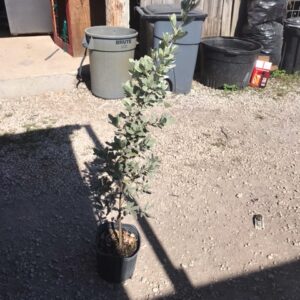
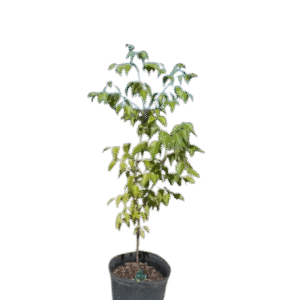
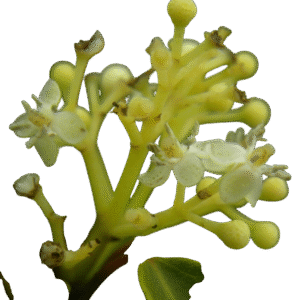
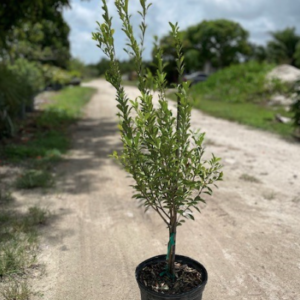
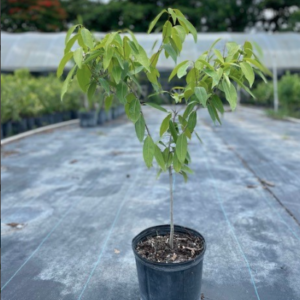
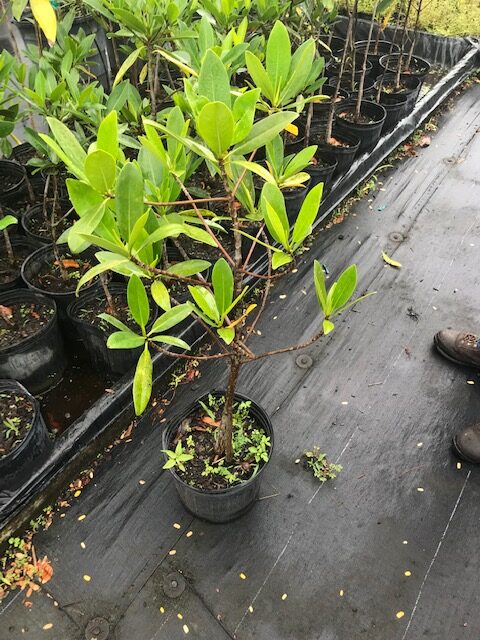
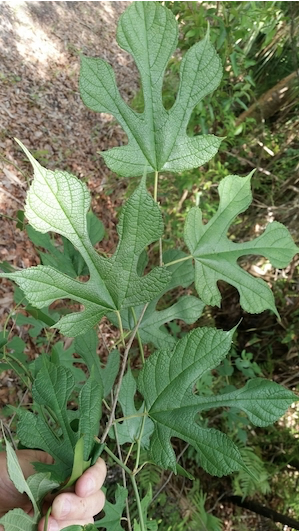
Reviews
There are no reviews yet.